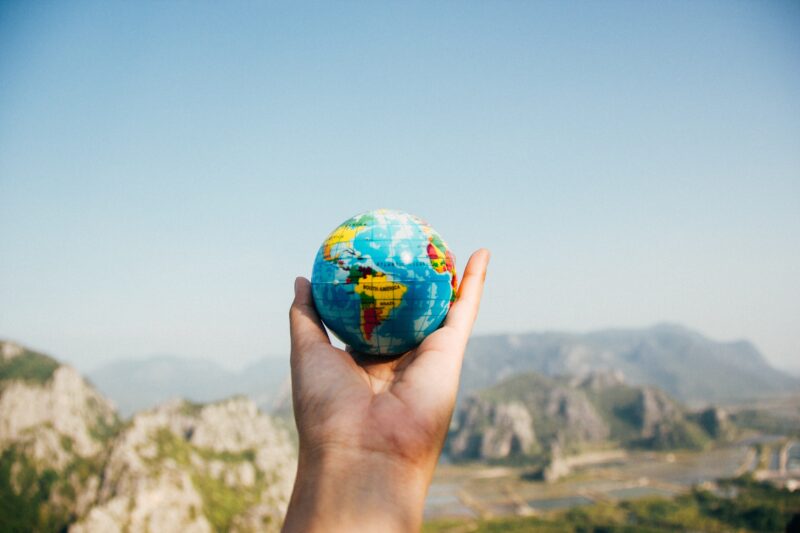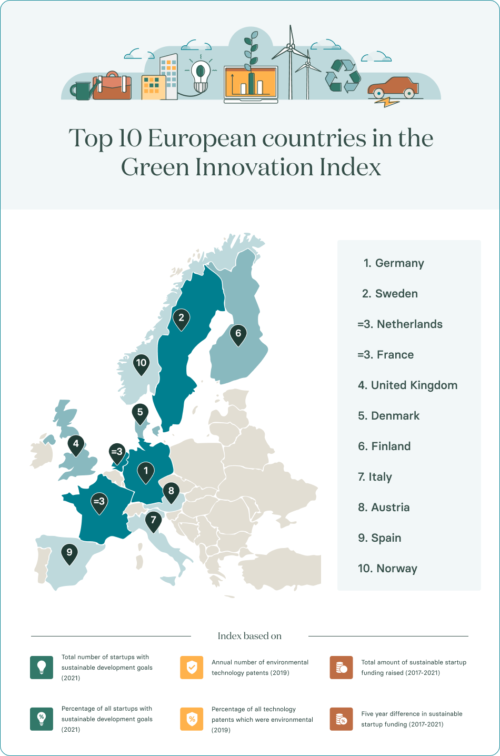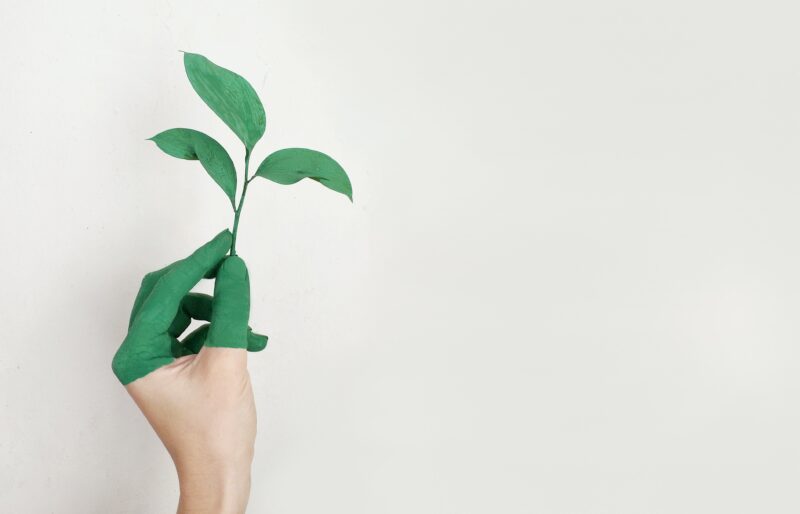Most of us are aware of the Great Pacific Garbage patch. The big floating island of plastic the size of a small country. Of the 2 trillion pieces of plastic that are estimated to make up this “Trash Island”, microplastics make up a total of 94%.
by Heena Shah
Microplastics are a type of polyethylene (PET) plastic that measures 5mm or less. It can be found most directly in exfoliators and scrubs as microbeads. One way to know for sure, and definitely a smart consumer move anyways, is to check the ingredients list of the household and hygiene products used at home. If you see “polyethylene” listed then there are plastic materials in your product. However, the amount of microplastics found directly in our hygiene products don’t make up the bulk of microplastic pollution. Amazingly, over 70% of the microplastics found in the ocean come from the physical breakdown of larger plastic materials. Typically examples are jugs, fishnets, plastic bags, and even clothing.
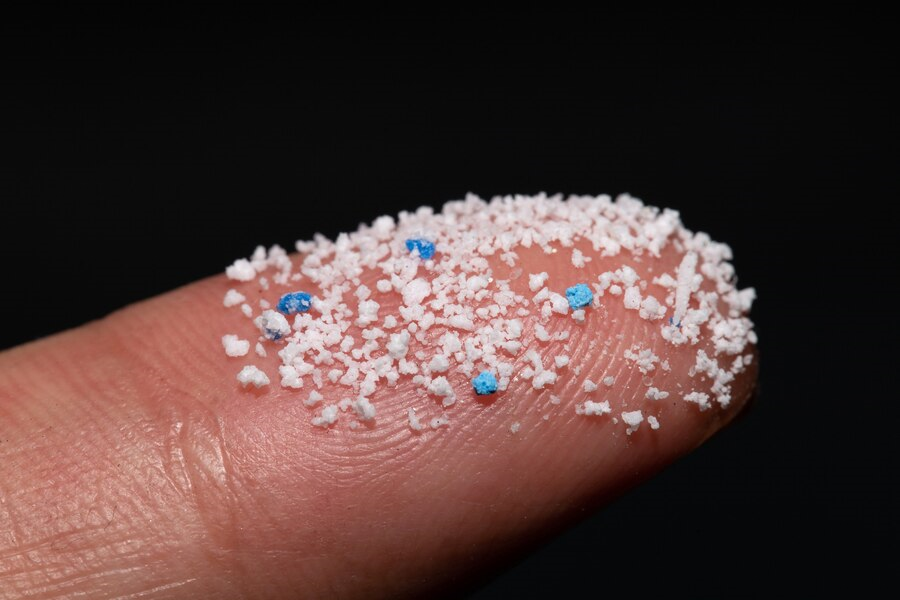
Environmentally friendly brands
In an effort to reduce the amount of plastic currently in the ocean, some developers have attempted to repurpose the trash collected, and create clothing and lifestyle brands. Not only was this idea refreshing and appealing to the consumer. But quickly this concept of recycling ocean plastic into mainstream fashion became the focus of major clothing brands and designers.
Here is just a small list of brands founded for the sake of repurposing PET plastics in their products. Or brands that have created a ‘environmentally friendly’ line by introducing plastics as a clothing material. Such brands include: G-Star Raw for the Oceans by Pharrell Williams Adidas Shoes Wolven Threads H&M Allbirds

However just because a clothing line claims to be introducing recycled plastics into their clothing line does not mean that the brand itself is environmentally conscious. Still take a look at the tag to see the percentage of plastics used to create that clothing item. And do research on how the other materials were sourced. Chances are, the bulk of the product they have put out to market was made from polyester or spandex. Both of which are oil-based and likely tied to unregulated labor practices abroad.
Reuse of Materials
That is not to say that all clothing brands are evil. The practice of extracting trash from the ocean and reintroducing it into the economy is a bad thing. While this effort is incredible because it engages the public in an effective way. It will not only pull plastic from the ocean, but also help preserve marine life populations. But what happens when we try to reuse a material that is already at its end of life?
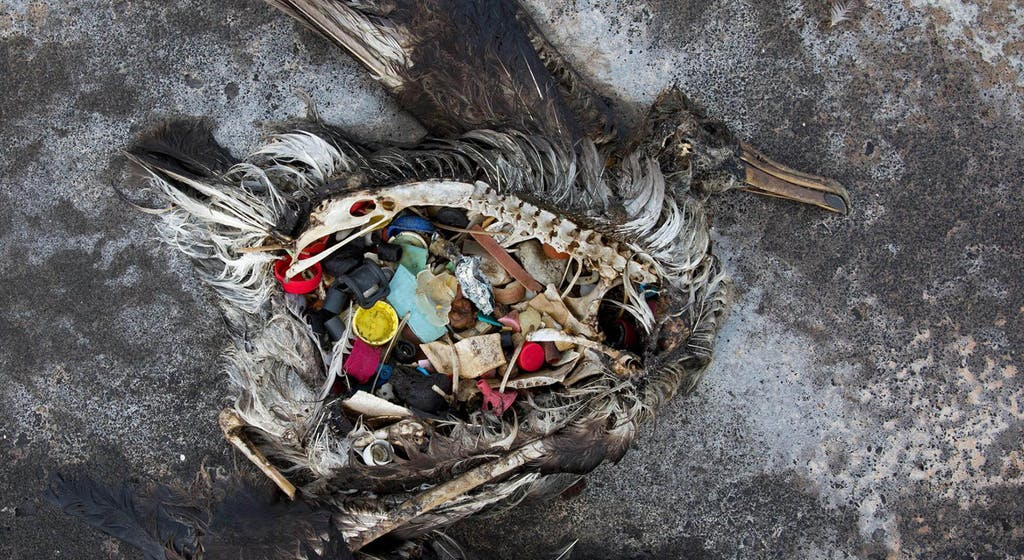
Life cycle assessment, to those who do not know, is a way of tracking the effectiveness of a material to preform a specific function. Take for example, cement. In civil engineering it could be a specific type of cements ability to maintain its physical hardness despite the environmental stresses of weather and traffic. For plastics, once a polyethylene material has already been recycled once back into any sort of supply chain, it can no longer be recycled again. Which means that it starts to break down.
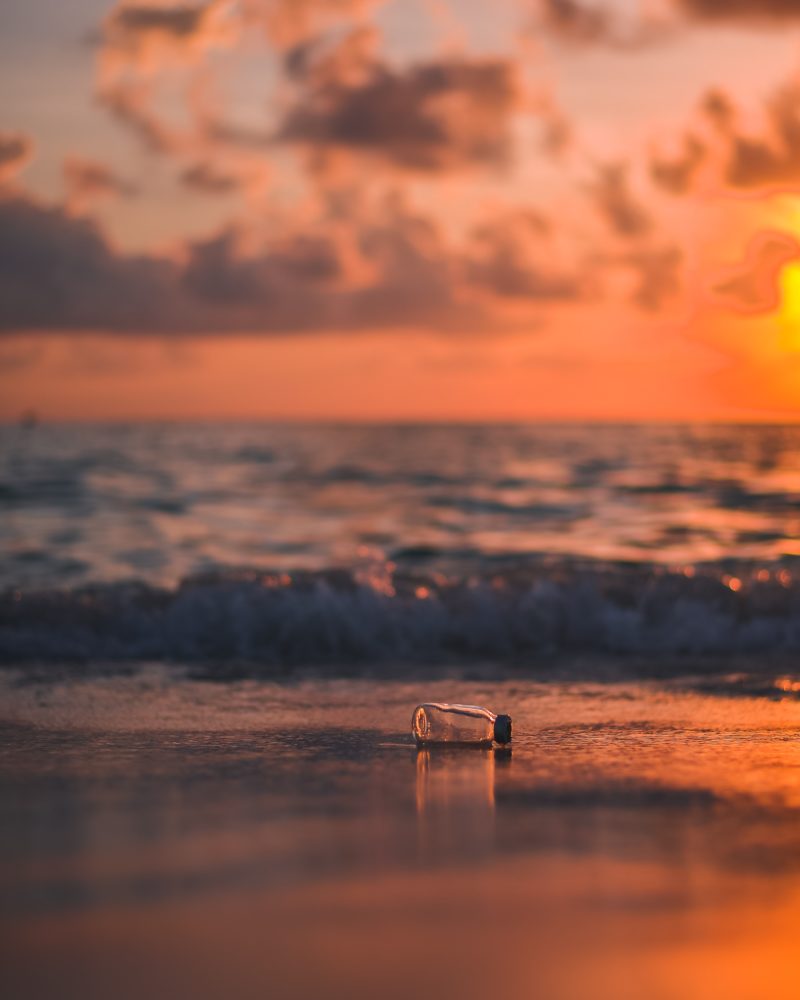
Sustainable clothing sector
In the sustainable clothing sector, we see this happening when clothing apparel are placed in washers and dryers. Whether the output here is actual microplastic beads or even thinner microplastic fibers, the pollution still is

created and is nearly undetectable until it actually reaches the ocean and begins to affect the marine food chain. Most research on this topic is still ongoing. However the solution here may lie both in how we wash our clothes and the products we actually buy. As in, why not try to keep microplastics from entering our landfills and waterways in the first place.
Sources:
https://oceanservice.noaa.gov/facts/microplastics.html https://www.iisd.org/blog/microplastics-what-are-they-and-what-can-we-do-about-them https://www.greenmatters.com/t/microplastics https://www.wired.com/story/plastics-in-fashion-everlane-renew/ https://www.earthisland.org/journal/index.php/articles/entry/recycled_plastic_clothing_solution_or_threat/


